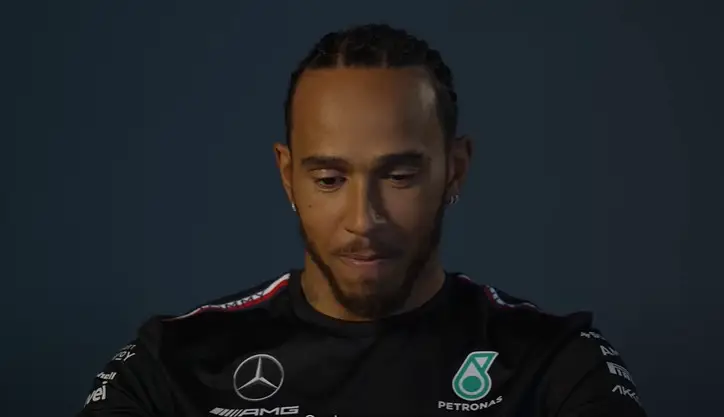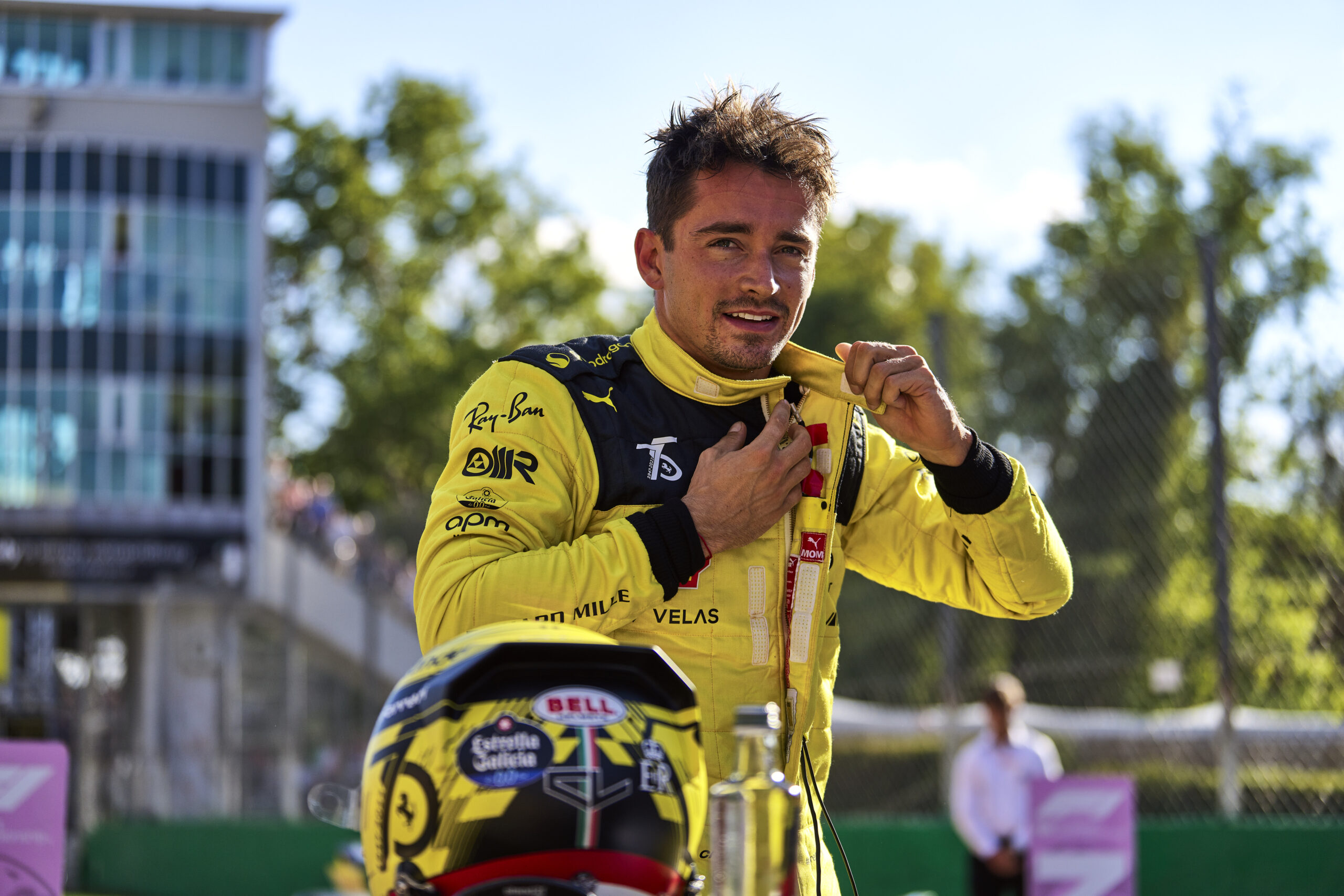Hamilton’s Penalty in Italian GP Sparks Debate: A Comparative Analysis with Leclerc’s 2019 Incident
Lewis Hamilton’s recent five-second penalty in the Italian GP has reignited debates over FIA’s consistency, especially when contrasted with Charles Leclerc’s 2019 incident which only resulted in a warning. This comparison sheds light on FIA’s decision-making and rules enforcement in Formula 1.
Key Takeaways:
- Controversial Penalty Decisions: Fans and Lewis Hamilton himself have questioned the fairness of the FIA’s decision, highlighting inconsistencies. In 2019, Leclerc received only a warning for pushing Hamilton off the track, whereas Hamilton received a five-second penalty in the recent GP for contact with Oscar Piastri’s McLaren.
- Hamilton’s Admittance and Apology: Despite the debates, Hamilton acknowledged his fault in the recent incident and apologized to Piastri, demonstrating sportsmanship.
- Analysis of Both Incidents: A detailed comparison of the two incidents reveals key differences. The 2019 incident involved no car contact and no forced pit stop, whereas the 2023 incident resulted in car damage and a position loss for Piastri, highlighting the complexity of applying uniform rules in varying situations.

The world of Formula 1 is never short of high-octane drama, both on and off the track. The recent Italian Grand Prix at Monza added another chapter to this narrative, igniting discussions around the FIA’s consistency in enforcing rules. At the heart of this controversy is a comparison between two incidents: Lewis Hamilton’s recent encounter with Oscar Piastri’s McLaren, resulting in a five-second penalty, and a similar situation from the 2019 Italian GP involving Charles Leclerc, which concluded with just a warning.
Lewis Hamilton, a central figure in both incidents, expressed his dissatisfaction with the recent decision. His statement underscores a quest for consistency in the application of rules. Hamilton’s words “We’ve just constantly asked for consistency [in the rules]. There was a rule put in place and it wasn’t abided by today” reflect a sentiment shared by many in the F1 community. His further comments about the stewards’ decision-making process highlight the subjective nature of penalty assignments in the sport.
Fast forward to 2023, and the situation at Monza was different yet paralleled in controversy. Hamilton’s attempt to overtake Piastri led to contact and subsequent penalties, contrasting starkly with the 2019 incident where Leclerc’s aggressive defense didn’t lead to direct contact or significant penalties.
However, an in-depth analysis shows the differences in both scenarios. The 2019 incident was marked by aggressive defending without contact, while the 2023 clash resulted in tangible damage and a forced pit stop. This comparison points to the complex nature of motorsport regulation, where similar-looking incidents can have different outcomes based on their specific circumstances.
Public reactions to these incidents have been varied, with some fans and commentators calling for greater consistency and transparency in the FIA’s decision-making. Notably, Hamilton’s sportsmanship was evident as he acknowledged his fault and apologized to Piastri, a gesture that speaks volumes about his character and the ethos of professional racing.
In conclusion, while comparisons between the 2019 and 2023 incidents draw attention to the need for consistent rule enforcement in Formula 1, they also highlight the uniqueness of each racing situation. As the sport continues to evolve, so too must the understanding and application of its rules, ensuring fairness and the spirit of competitive racing.
